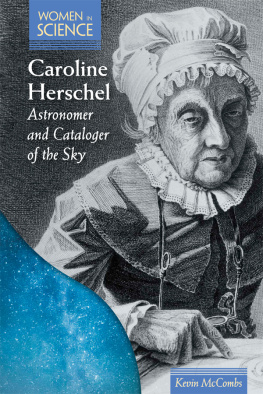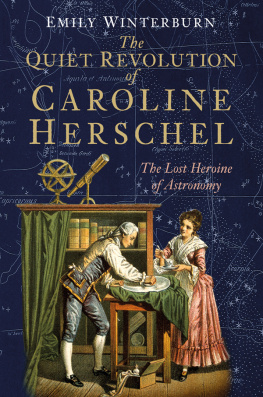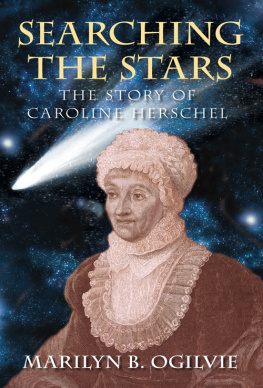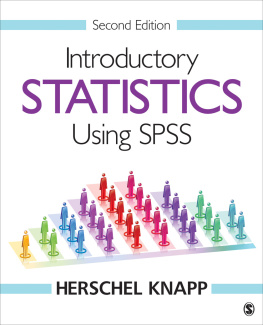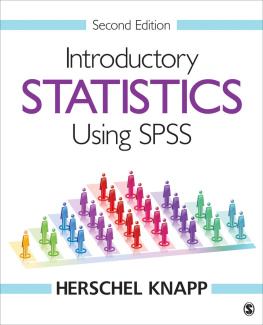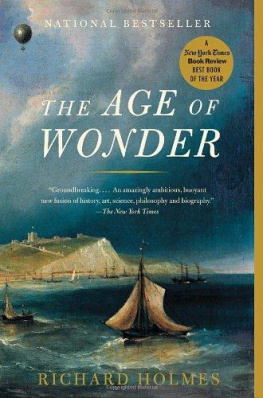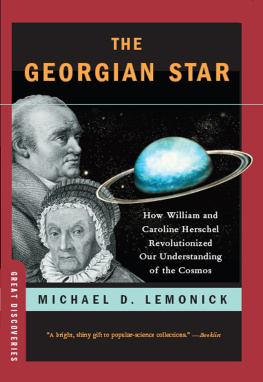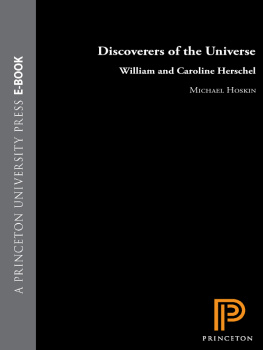Published in 2017 by Cavendish Square Publishing, LLC
243 5th Avenue, Suite 136, New York, NY 10016
Copyright 2017 by Cavendish Square Publishing, LLC
First Edition
No part of this publication may be reproduced, stored in a retrieval system, or transmitted in any form or by any meanselectronic, mechanical, photocopying, recording, or otherwisewithout the prior permission of the copyright owner. Request for permission should be addressed to Permissions, Cavendish Square Publishing, 243 5th Avenue, Suite 136, New York, NY 10016. Tel (877) 980-4450; fax (877) 980-4454.
Website: cavendishsq.com
This publication represents the opinions and views of the author based on his or her personal experience, knowledge, and research. The information in this book serves as a general guide only. The author and publisher have used their best efforts in preparing this book and disclaim liability rising directly or indirectly from the use and application of this book.
CPSIA Compliance Information: Batch #CW17CSQ
All websites were available and accurate when this book was sent to press.
Library of Congress Cataloging-in- Publication Data
Names: McCombs, Kevin.
Title: Caroline Herschel: astronomer and cataloger of the sky / Kevin McCombs.
Description: New York : Cavendish Square Publishing, 2017.
| Series: Women in science | Includes index.
Identifiers: ISBN 9781502623171 (library bound) | ISBN 9781502623188 (ebook)
Subjects: LCSH: Herschel, Caroline Lucretia, 1750-1848--Juvenile literature. | Women astronomers--Great Britain--Biography--Juvenile literature. | Astronomers--Great Britain-- Biography--Juvenile literature. | Women scientists--Great Britain--Biography--Juvenile literature.
Classification: LCC QB36.H5978 M3765 2017 | DDC 520.92--dc23
Editorial Director: David McNamara
Editor: Elizabeth Schmermund
Copy Editor: Rebecca Rohan
Associate Art Director: Amy Greenan
Designer: Ellina Litmanovich
Production Coordinator: Karol Szymczuk
Photo Research: J8 Media
The photographs in this book are used by permission and through the courtesy of: Photo credits: Cover, p. 37 Ullstein Bild/ Getty Images (Herschel), Andrey Prokhorov/Shutterstock.com (sky); p. 4 Peter Burnett/E+/Getty Images; p. 6 Blaza1980/ iStock/Thinkstock; p. 8 North Wind Picture Archives; p. 11 De Agostini Picture Library/Getty Images; p. 14 Tetra Images/ Getty Images; p. 18 Dn Br/Shutterstock.com; p. 19 G. DAGLI ORTI/De Agostini Picture Library/Getty Images; p. 20 Traveller Martin/Shutterstock.com; p. 26 Wikimedia Commons/Wellcome Library no. 4183i/File:Sir William Herschel and Caroline Herschel. Wellcome V0002731.jpg/CC BY 4.0; p. 40 Wikimedia Commons/File:Ptolemy Sky.jpg/Public Domain; pp. 45, 98 Print Collector/Hulton Archive/Getty Images; p. 48 Paul Almasy/Corbis Historical/Getty Images; p. 54 Wikimedia Commons/ Krishnavedala/File:Newtonian telescope2.svg/CC BY SA 4.0; p. 59 Lovemushroom/Shutterstock.com; p. 62 Kadir Tinte/Alamy Stock Photo; p. 64 Stock Montage/Archive Photos/Getty Images; p. 70 Wikimedia Commons/File:Nicole-Reine Lepaute.jpg/ Public Domain; p. 76-77 SSPL/Getty Images; p. 78 Thomas Rowlandson/The Lewis Walpole Library Collection/Yale; p. 86 Royal Astronomical Society/Science Source; p/ 93 Wikimedia Commons/Gene Shoemaker/USGS/File:Carolyn Shoemaker.jpg/ Public Domain; p. 95 Wikimedia Commons/Coatsobservatory/File:Royal Astronomical Society Gold Medal awarded to John Jackson.jpg/CC BY SA 4.0; pp. 103, 105 Photo Researchers, Inc/Alamy Stock Photo; p. 108-109 Science Source.
Printed in the United States of America
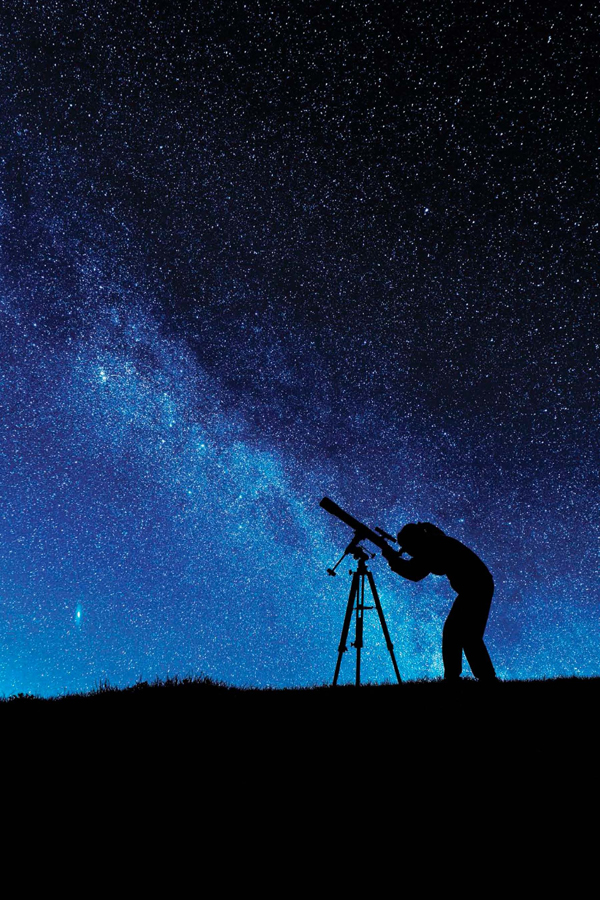
A woman uses a modern reflecting telescope on a night full of stars.
INTRODUCTION
WOMEN IN ASTRONOMY
A stronomy is a branch of science open to all who wish to gaze upon a clear nights sky. The field is characterized by observations over time of celestial bodies and their relationships to one another. Astronomers set out to investigate the movements of planets, stars, and nebulae. From these observed patterns and characteristics, scientists in this field have uncovered a wealth of knowledge about the physical and chemical nature of heavenly bodies. It is from these observations that we can understand more about our own planet and its position in this vast solar system.
While the practice of observing the stars with the naked eye is accessible to many of us on Earth, it has historically been a select few that have claimed the title of astronomer. To this day, the vast majority of all the astronomers who ever lived were men. Due to the exclusionary nature of academic science, women have faced a number of obstacles to being recognized as astronomers in the public eye. In spite of this fact, the relatively small number of women in this field has contributed an has contributed immensely to astronomical inquiry. In many cases without formal education, women in astronomy had to rely upon their self-determination and passion to lead them to breakthroughs.
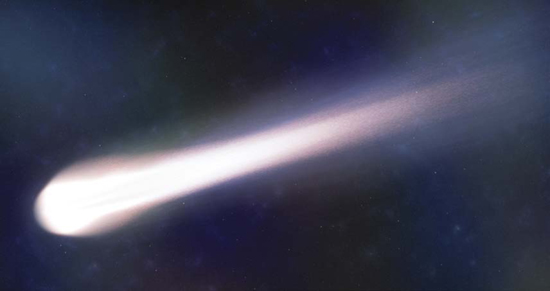
Caroline Herschel excelled in discovering comets in her observations.
In the eighteenth and nineteenth centuries, a number of women contributed to the field of the observed celestial bodies. Caroline Herschel, in particular, helped shape the fundamental observational process of astronomy for generations to come. Her many accomplishments in astronomy are underscored by the hardship she went through as a woman growing up in the eighteenth century. Against all odds, she made a tremendous number of discoveries, which resulted in Herschel receiving some of astronomys most prestigious awards.
Herschel was one of many astronomers in her family, and she spent much of her life working alongside her brother, William. Together, the two of them set a new standard for optical technologies and their implementation. The Herschel siblings set out to scan the sky in a way that was exact and methodical, revealing all that could be seen with the telescopes of the day. This process of innovation resulted in countless additions to the catalogues of known celestial bodies, pushing the limits of scientific understanding in astronomy. This hard astronomical labor laid the groundwork for many future observers in the field, including future generations of the Herschel family.
The legacy of Caroline Herschel is one of passion, hard work, and humility. From humble beginnings, she conquered the limitations set upon women in science, becoming the first woman ever to publish an astronomical discovery. From this point, she would go on to break records and boundaries throughout her entire career. Her work has inspired a number of women in astronomy since her discoveries over two hundred years ago. As a result, the field of astronomy has seen the rise of brilliant women, whether working as comet hunters, stargazers, or investigators of the deepest mysteries of space.
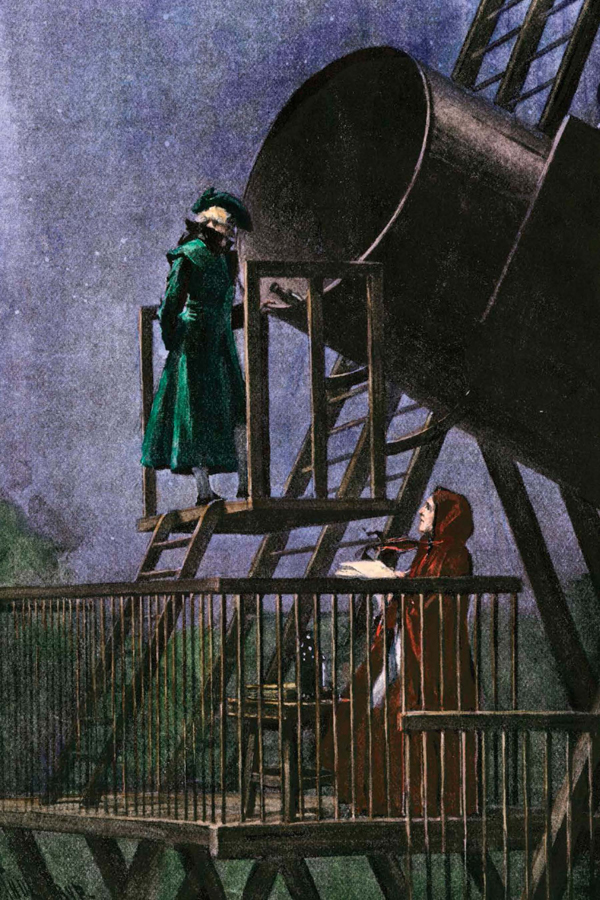
Caroline and William Herschel conducting astronomical observations with a large telescope.
CHAPTER

